A ring-fencing waiver has been issued to Victorian electricity distribution companies CitiPower, Powercor and United Energy, collectively known as CPU, to enable a $1.2 million (USD 780,000) kerbside electric vehicle (EV) charging trial, which must include at least 5% vehicle-to-grid (V2G) chargers.
Issued by the Australian Energy Regulator (AER), the trial until mid-2031 will test, analyse and publicy report on how EV charging can be used to manage local network constraints, improve voltage stability, and shift demand away from peak periods.
CPU proposes to test demand management via its chargers, including customer response to price signals and via direct modulation of energy supply to the chargers.
An AER statement says the testing could support efficient functioning of the electricity system if it leads to higher usage during minimum demand events, reduced usage during critical peak events, and improve CPU’s ability to manage the network (e.g. voltage management).
“Improving the management of network constraints could also help expand the future set of suitable poles for kerbside charging, supporting the efficient operation and delivery of essential distribution network infrastructure.”
Electricity management
AER Chair Clare Savage said as demand for energy grows, it’s beneficial to explore how kerbside EV charging infrastructure can be used to manage electricity networks more efficiently.
“This could help to reduce the need for new investment in networks that is paid for by all consumers,” Savage said.
“As the volume and integration of consumer energy resources, such as electric vehicles, in our electricity system evolves, we are continuing to call for innovative ideas from network businesses to boost network utilisation.”
Savage said the AER can consider innovative ideas through its regulatory sandboxing and trial waiver functions.
“All waiver proposals are considered individually against the need to preserve market competition and the long-term interests of all energy consumers,” Savage said.
There will be no bill impacts on customers in the CPU networks as CPU will own and maintain the chargers (mounted on their kerbside power poles) and over the course of the trial will lease commercial access to the chargers to a range of service providers who will operate the chargers, including setting customer charging rates.
At the end of the trial, CPU must choose to either uninstall the chargers, offer all EV chargers and the sites to contestable providers to continue operation at the sites, or apply to the AER for an additional ring-fencing waiver.
This content is protected by copyright and may not be reused. If you want to cooperate with us and would like to reuse some of our content, please contact: editors@pv-magazine.com.
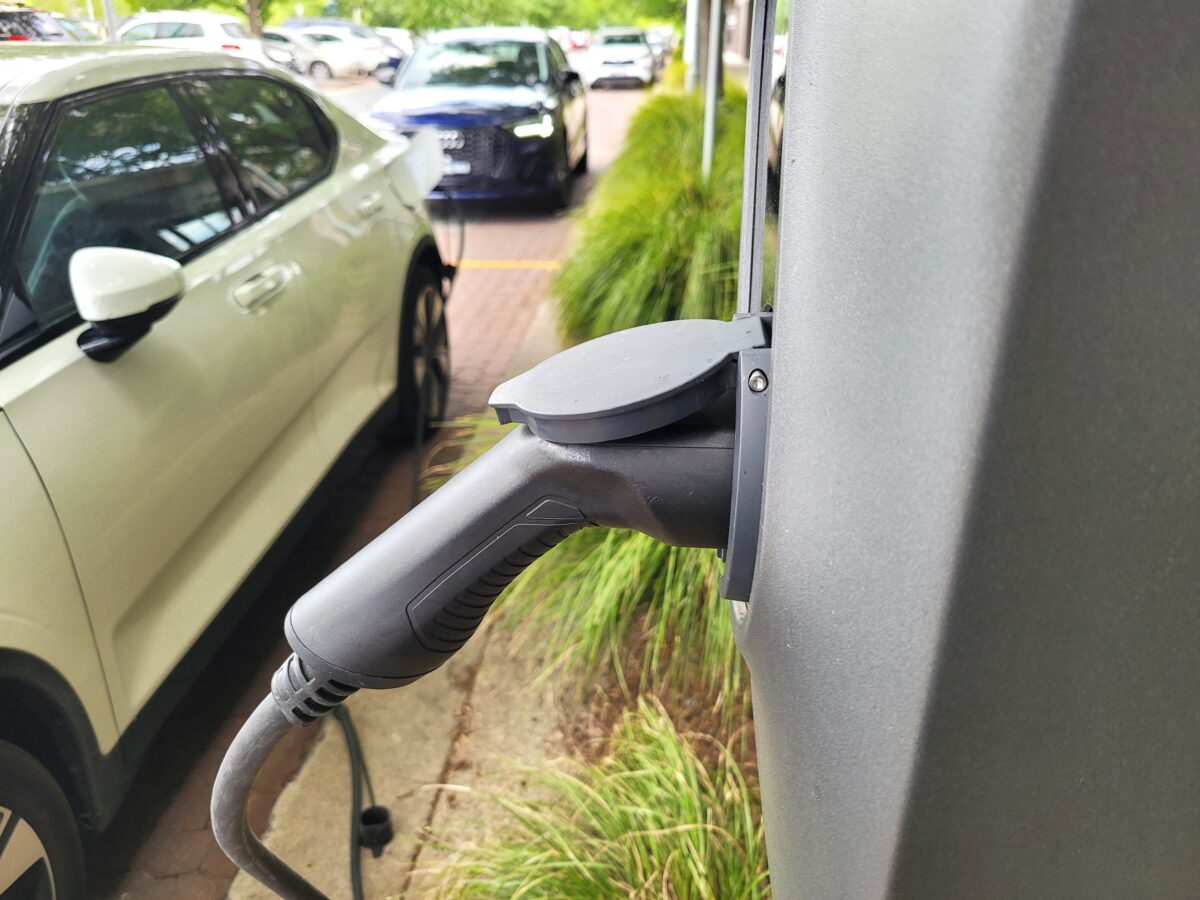
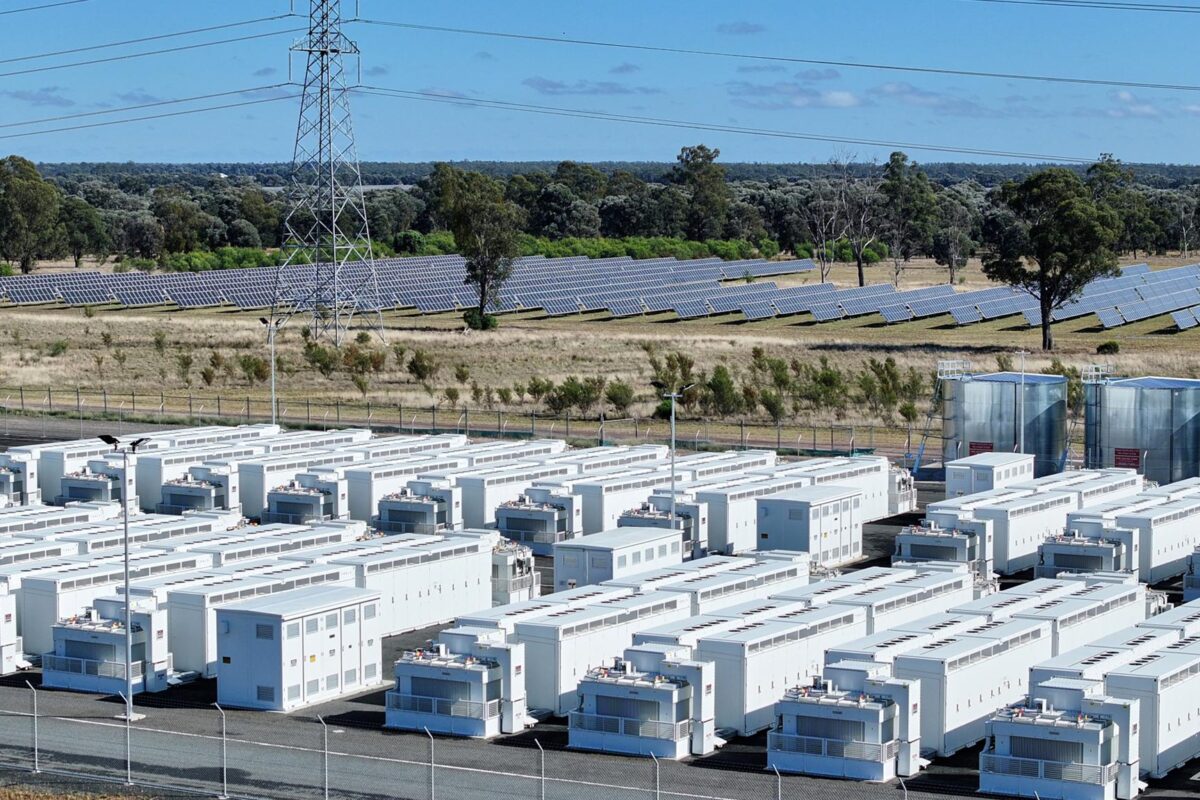



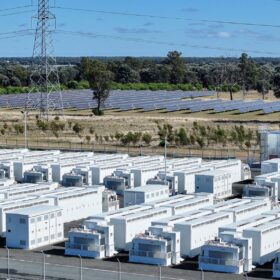
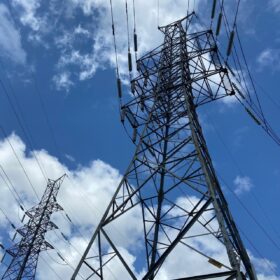
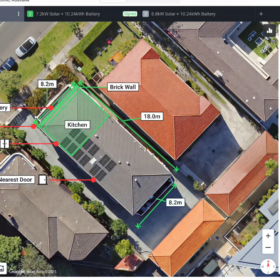
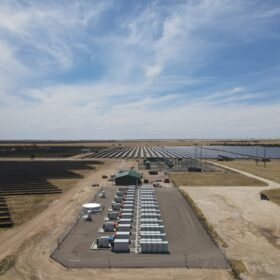
By submitting this form you agree to pv magazine using your data for the purposes of publishing your comment.
Your personal data will only be disclosed or otherwise transmitted to third parties for the purposes of spam filtering or if this is necessary for technical maintenance of the website. Any other transfer to third parties will not take place unless this is justified on the basis of applicable data protection regulations or if pv magazine is legally obliged to do so.
You may revoke this consent at any time with effect for the future, in which case your personal data will be deleted immediately. Otherwise, your data will be deleted if pv magazine has processed your request or the purpose of data storage is fulfilled.
Further information on data privacy can be found in our Data Protection Policy.